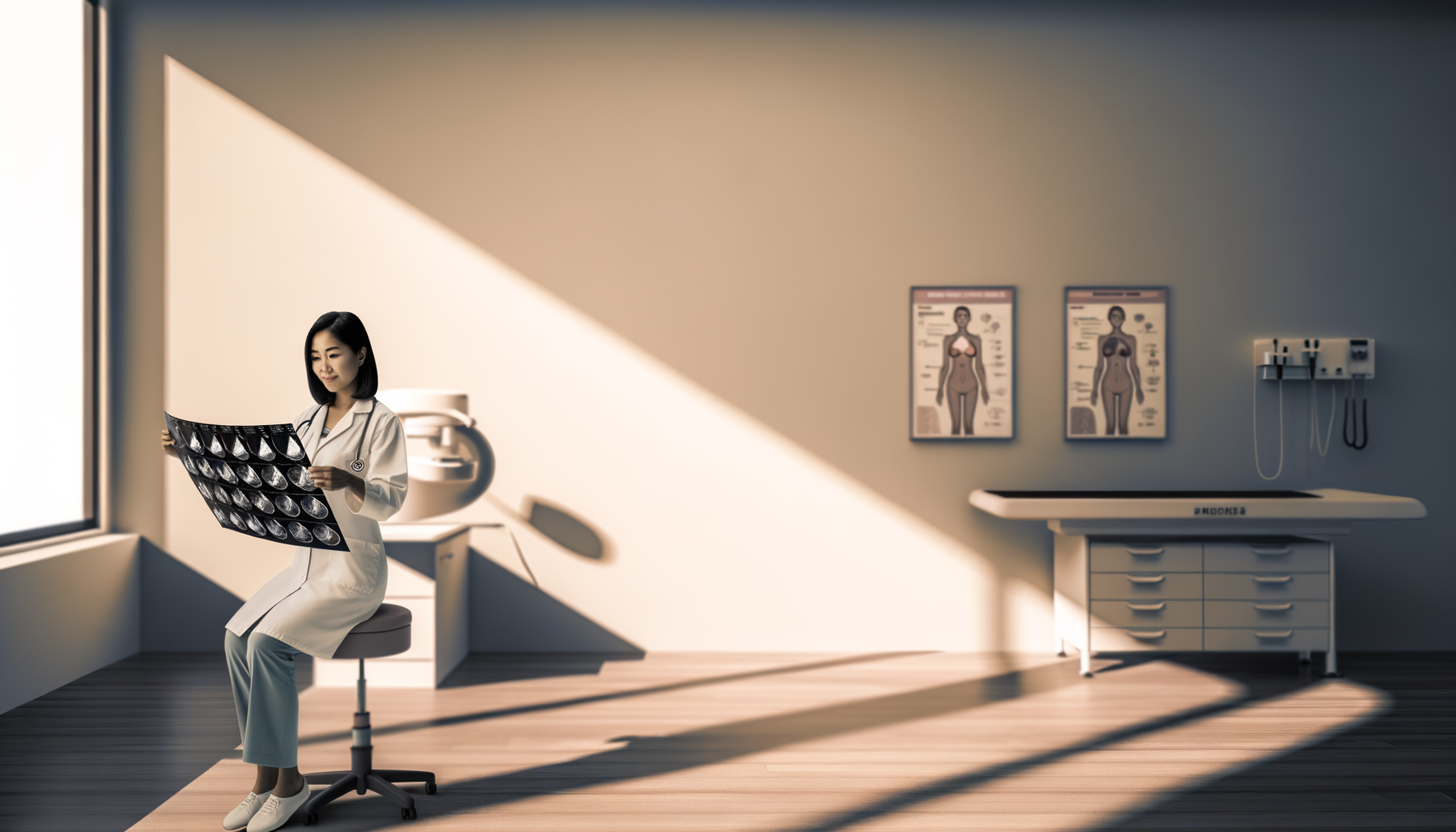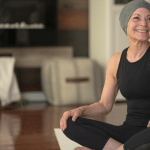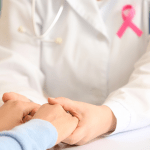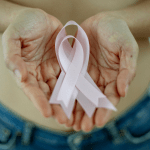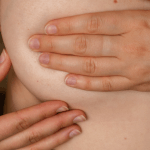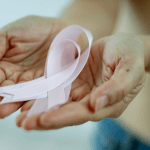Introduction to Breast Cancer Screening
Understanding Breast Cancer
Breast cancer is a complex disease that arises from the cells of the breast, typically in the lining of milk ducts or lobules. It can spread to other parts of the body and is one of the most common cancers affecting women worldwide. Understanding the biology and risk factors associated with breast cancer is crucial for early detection and treatment.
Importance of Early Detection
Early detection of breast cancer significantly increases the chances of successful treatment and survival. Screening tests can identify cancer before symptoms develop, which is often when the disease is most treatable. Early detection strategies aim to find cancers at a stage when they are small and have not spread, making them easier to treat.
Overview of Screening Methods
Several methods are used for breast cancer screening, with mammography being the most common. Mammograms can detect tumors that are too small to be felt and can identify changes in the breast that may be indicative of cancer. Other methods include breast MRI, particularly for those at high risk, and ultrasound, which may be used to further evaluate abnormalities found on a mammogram.
Demystifying Breast Cancer Myths
Many myths surround breast cancer and its screening. For instance, some believe that only women with a family history are at risk, but in reality, every woman has some risk of developing breast cancer. Another myth is that all lumps are cancerous, when in fact, most are not. It’s important to dispel these myths and provide accurate information to encourage informed decisions about screening.

Popular Read
Determining the Right Time to Start Screening
Age-Specific Recommendations
Understanding when to begin breast cancer screening is crucial for early detection and successful treatment. The American Cancer Society (ACS) provides guidelines for women at average risk, suggesting that those between 40 and 44 years old have the option to start annual mammograms. Women aged 45 to 54 are recommended to undergo mammograms every year, while those 55 and older can choose to continue yearly screenings or switch to biennial mammograms. Continuation of screening is advised as long as a woman is in good health and has a life expectancy of at least 10 more years. It’s important to note that these recommendations are for women at average risk, without a personal history of breast cancer, a strong family history, or known genetic mutations associated with increased risk.
Risk Factors and Personal History
Individual risk factors and personal history play a significant role in determining the appropriate time to start breast cancer screening. Women with a personal history of breast cancer or certain benign breast diseases may need to begin screening earlier and more frequently. Additionally, those with a strong family history of breast cancer or other cancers may require earlier and additional forms of screening, such as MRI, based on their healthcare provider’s recommendations.
Genetic Considerations
Genetic mutations, such as those in the BRCA1 or BRCA2 genes, significantly increase the risk of developing breast cancer. Women with these mutations or with first-degree relatives who have these mutations should consider starting screening at a younger age, typically around 30 years old. This screening often includes both mammography and MRI for comprehensive monitoring. It is essential for women with genetic predispositions to discuss their screening plan with a genetic counselor or healthcare provider to tailor their screening schedule to their specific risk.
Consulting with Healthcare Providers
Ultimately, the decision on when to start breast cancer screening should be made in consultation with healthcare providers. They can help assess individual risk factors, including family history, genetic predispositions, and personal health history, to determine the most appropriate screening timeline. Providers can also explain the benefits and limitations of different screening methods and help women make informed decisions about their breast health. Regular dialogue with healthcare providers ensures that screening recommendations are personalized and that women are well-informed about their choices.
Types of Breast Cancer Screening Tests
Mammography: What to Expect
Mammography is the cornerstone of breast cancer screening and is the most effective method for early detection. A mammogram is an X-ray of the breast that can reveal tumors that are too small to be felt. Women at average risk of breast cancer are advised to start annual mammograms between the ages of 40 and 44, with the option to switch to biennial screening after age 55. During the procedure, the breast is compressed between two plates to spread out the breast tissue for clear images. While some women may experience discomfort, mammography is generally not painful. It’s important to avoid deodorants or lotions before the test, as these can interfere with the images. Results are typically communicated within two weeks.
Breast MRI as an Adjunct to Mammography
For women at high risk of breast cancer, an MRI (Magnetic Resonance Imaging) is recommended in addition to mammograms. This includes those with a strong family history, known genetic mutations like BRCA1 or BRCA2, or previous chest radiation therapy. MRI uses magnetic fields to create detailed images and is more sensitive than mammography, though it may not detect some cancers that mammograms can. It’s not recommended for women with less than a 15% lifetime risk of breast cancer due to the lack of evidence supporting its benefit in this group.
Ultrasound for Additional Imaging
Ultrasound is often used as a supplementary tool when a mammogram detects an abnormality or for women with dense breast tissue. Unlike mammography, ultrasound does not use radiation; it uses sound waves to create images of the breast tissue. It can help distinguish between solid masses and fluid-filled cysts. Ultrasound may also be used as an initial screening tool in some cases, but it is not a replacement for mammography.
Emerging Screening Technologies
Advancements in technology continue to improve breast cancer screening. 3D mammography, or digital breast tomosynthesis, creates a three-dimensional picture of the breast and is particularly beneficial for women with dense breasts. Studies suggest that 3D mammography can reduce the need for follow-up testing and may detect more cancers than traditional 2D mammography. However, access to 3D mammography is not universal, and there may be additional costs that are not covered by insurance.
Other emerging technologies include automated whole-breast ultrasound, molecular breast imaging, and contrast-enhanced mammography. While these methods show promise, they are not yet standard screening tools and are generally used in research settings or as adjuncts to mammography for women at high risk or with dense breasts.
It’s essential for women to discuss with their healthcare providers which screening tests are appropriate for them based on their risk factors and personal preferences. Understanding the benefits and limitations of each method is crucial for informed decision-making.
Preparing for a Breast Cancer Screening
Before the Appointment
Preparation for a breast cancer screening begins well before the actual appointment. It’s important to discuss any recent changes or concerns about your breasts with your healthcare provider. If you’ve had previous mammograms at different facilities, gather all prior images and reports to bring to your appointment. Additionally, schedule your mammogram for a time when your breasts are least likely to be tender, typically one to two weeks after your menstrual period starts, to minimize discomfort.
What to Wear
On the day of your mammogram, dress in a two-piece outfit, such as a shirt with pants or a skirt, as you will need to remove your top and bra for the exam. Comfortable shoes are recommended since you will be standing during the procedure. Avoid wearing neck jewelry or long earrings, as these will have to be removed and could be lost or forgotten.
Dietary and Medication Considerations
There are no dietary restrictions before a mammogram, so you can eat and drink as usual. However, it’s crucial to avoid applying deodorants, antiperspirants, lotions, powders, or perfumes to the breasts, chest, or underarms as these can interfere with the clarity of the images. If you take daily medications, continue to do so unless instructed otherwise by your healthcare provider. Be prepared to provide a list of your medications and dosages to the technician.
Mental Preparation and Support
Mental preparation is key to a stress-free screening experience. Understand that while mammograms can be uncomfortable, the procedure is quick and plays a critical role in early detection. If you’re anxious about the screening, consider bringing a friend or family member for support. Some facilities may also offer mammogram cushions for added comfort, so inquire about this option. Remember, the discomfort is temporary, but the benefits of early detection can be life-saving.
By following these guidelines, you can ensure that your breast cancer screening experience is as smooth and effective as possible. Always communicate openly with your healthcare provider and mammogram technician about any concerns or questions you may have. Your proactive approach to preparation can make a significant difference in the efficacy of your screening.
The Screening Experience
Step-by-Step Walkthrough
Embarking on a breast cancer screening journey begins with understanding the process. When you arrive for your mammogram, you’ll be asked to complete paperwork detailing your medical history. It’s crucial to inform the technologist if you’re pregnant, breastfeeding, have breast implants, or have experienced recent breast changes. You’ll then change into a gown, undressing from the waist up.
The mammogram itself involves positioning each breast on the machine’s lower plate, followed by the compression paddle pressing down to flatten the breast tissue. This compression is key for clear images and lasts only a few seconds, though it may be uncomfortable. The technologist will take X-ray images from different angles, and the entire appointment typically takes 30 to 45 minutes.
Understanding the Results
After the mammogram, a radiologist will analyze the images, comparing them to any previous mammograms to detect changes. The results can show breast density, calcifications, and any masses. Dense breasts can make it harder to spot abnormalities, while calcifications and masses may require further investigation, such as a biopsy or additional imaging. Most facilities aim to provide results on the same day or within a few business days.
Follow-Up Procedures
If your mammogram reveals something that warrants a closer look, you’ll be called back for additional testing, which may include more mammograms, an ultrasound, or an MRI. Callbacks are relatively common, especially after a first mammogram, and do not necessarily indicate cancer. Any findings, such as a lump or suspicious lesion, will be thoroughly investigated to determine the next steps.
Coping with Anxiety During Screening
It’s natural to feel anxious about breast cancer screening. To manage this anxiety, consider scheduling your mammogram at a time when your breasts are least likely to be tender, such as after your menstrual period. Limiting caffeine and salt intake can also reduce tenderness. During the mammogram, deep breathing and visualization techniques can help ease discomfort. If necessary, taking an over-the-counter pain reliever before the appointment may help. Remember, the technologist is there to assist you, so communicate openly about any pain or concerns you may have.
Ultimately, the brief discomfort of a mammogram is a proactive step towards ensuring your breast health. With a clear understanding of the process and what to expect, you can approach breast cancer screening with confidence and a sense of control over your well-being.
By the way, something for you, a little gift!!!
I am just in the middle of publishing my book. It’s about How women can balance their hormones. One part is about food and diet, of course.
Follow this link and enter your email.
I will send you this part of the book for free once the book is published. It has many concrete, practical tips and recipes and will help you feel better during menopause or times of Big hormonal fluctuations.
Annette, Damiva Lead for Health & Wellness

Lifestyle and Breast Health
Diet and Nutrition
Maintaining a healthy diet is a cornerstone of breast health. Research suggests that a diet rich in fruits, vegetables, and whole grains, and low in processed foods and red meats, may help reduce the risk of breast cancer. Foods high in antioxidants, such as berries and leafy greens, can combat oxidative stress and may protect against cancer development. Additionally, incorporating foods with omega-3 fatty acids, like salmon and flaxseeds, is recommended for their anti-inflammatory properties. It is also advisable to limit alcohol consumption, as excessive intake is associated with an increased risk of breast cancer.
Exercise and Weight Management
Regular physical activity is not only beneficial for overall health but also plays a role in breast cancer prevention. Engaging in at least 150 minutes of moderate-intensity or 75 minutes of high-intensity exercise per week is recommended. Exercise helps in weight management, which is crucial since obesity is a known risk factor for breast cancer, particularly after menopause. Staying active can also help regulate hormones and insulin levels, which may influence cancer growth.
Avoiding Endocrine Disruptors
Endocrine-disrupting chemicals (EDCs) are substances that can interfere with hormonal balance and are found in various products, including plastics, cosmetics, and pesticides. To minimize exposure to EDCs, opt for glass or stainless steel containers instead of plastic, choose organic produce when possible, and use natural beauty products free from parabens and phthalates. Reducing exposure to these chemicals is especially important for women with a higher risk of breast cancer.
Natural and Chemical-Free Living
Adopting a natural and chemical-free lifestyle extends beyond diet and exercise. It encompasses the use of household cleaning products, personal care items, and even the materials in clothing and furniture. Opt for eco-friendly and non-toxic alternatives whenever possible. Additionally, consider the air quality in your home and workplace, and use air purifiers or indoor plants to reduce potential contaminants. Embracing a holistic approach to living can contribute to a healthier environment for your body and, consequently, to breast health.
By integrating these lifestyle choices into your daily routine, you can take proactive steps towards maintaining breast health and potentially reducing your risk of breast cancer. Remember, these lifestyle modifications should complement regular breast cancer screenings and consultations with healthcare providers for optimal breast health management.

Do you have the most commonly used but toxic, disease bringing chemicals in your skin care? Many chemicals in skincare are hormone disruptors and make menopause symptoms worse.
Find out more…
Support and Resources
Finding Support Groups and Communities
After a breast cancer diagnosis, or when engaging in regular screening, support groups and communities can provide invaluable emotional support and practical advice. These groups are often comprised of individuals who have faced similar challenges and can share their experiences and coping strategies. To find a local support group, you can:
- Ask your healthcare provider for recommendations.
- Search for local chapters of national organizations such as the American Cancer Society or Susan G. Komen Foundation.
- Look for online forums and social media groups that offer virtual support.
- Check community centers, hospitals, or religious institutions for group meetings.
Educational Materials and Resources
Educational materials can help you understand breast cancer, the importance of screening, and what to expect during the process. Resources are available through:
- The American Cancer Society website, which offers comprehensive guides on breast cancer screening.
- Pamphlets and booklets found in doctors’ offices and health clinics.
- Online educational platforms and health websites with up-to-date research and guidelines.
Always ensure that the information is from a reputable source and up-to-date with the latest screening recommendations and research findings.
Navigating Healthcare and Insurance
Understanding your healthcare coverage and the costs associated with breast cancer screening can be complex. To navigate this process:
- Review your insurance policy to understand what screenings are covered and any associated costs.
- Contact your insurance provider for clarification on coverage details.
- If uninsured or underinsured, look for programs that offer free or low-cost mammograms, such as the National Breast and Cervical Cancer Early Detection Program (NBCCEDP).
- Discuss financial concerns with your healthcare provider, who may know of additional resources or programs.
Holistic and Alternative Medicine Options
Some individuals may seek holistic or alternative medicine options to complement traditional screening and treatment. These may include:
- Nutritional counseling and dietary supplements.
- Stress-reduction techniques such as meditation, yoga, or acupuncture.
- Herbal remedies and naturopathy.
It is crucial to discuss any alternative therapies with your healthcare provider to ensure they do not interfere with traditional screening methods or treatments. Additionally, while these options may provide comfort and support, they should not replace conventional screening and medical advice.
Whether you are navigating the initial stages of screening or seeking ongoing support after a diagnosis, a wealth of resources is available to assist you. By leveraging support groups, educational materials, healthcare navigation assistance, and exploring holistic options, you can empower yourself with knowledge and community support throughout your breast health journey.
